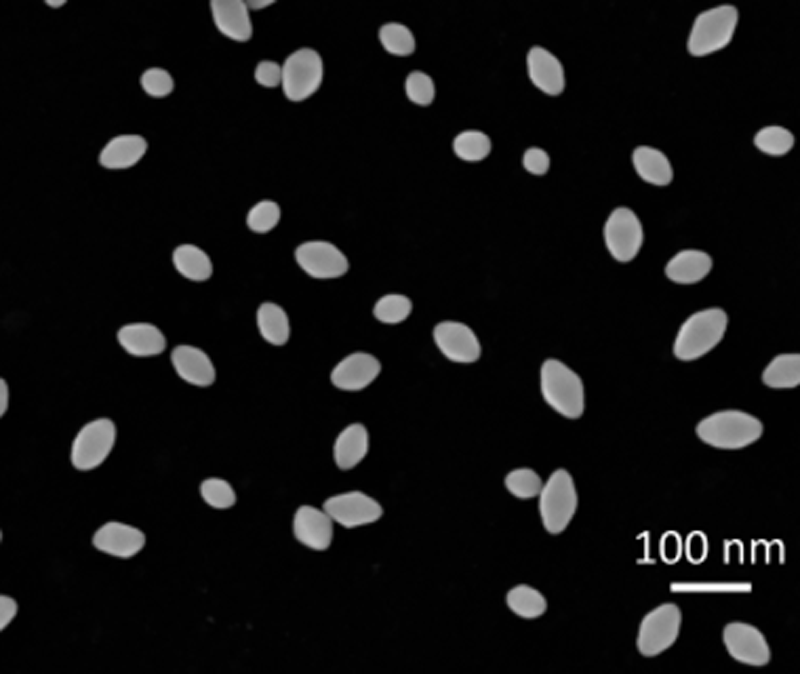Contributors invited for two studies on concentration of bimodal silica nanoparticle and bipyramidal titania
International standardisation network VAMAS is calling for participants in two studies on the measurement of (relative) number concentration of bimodal silica nanoparticles including deposition from liquid suspension and the measurement of particle size and shape distribution of bipyramidal titania including deposition from liquid suspension.

The first study, Nanotechnologies - Measurements of particle size and shape distributions by transmission electron microscopy specifies how to capture, measure and analyse TEM images to obtain NP size and shape distributions. Case study C refers to the analysis of bimodal silica NPs, but the number concentration of the two modes (even if relative) is not considered.
In this lnterlaboratory Comparison (ILC) the relative number concentration of the bimodal silica NPs shall be measured. Two different relative number concentrations of the two modes were prepared. Various standardisation activities on NP size and shape distribution and number concentration are currently in progress.
While the second study, Nanotechnologies – Measurements of particle size and shape distributions by transmission electron microscopy, specifies how to capture, measure and analyse TEM images to obtain particle size and shape distributions in the nanoscale. One of the seven case studies (#H Nanoparticles with specific crystal habits) is dedicated to the analysis of the same nonspherical nanoparticles as in this ILC as predeposited on carbon-coated TEM grids by BAM and distributed to all the participants.
The primary objective is to quantify the additional uncertainty in particle size and shape introduced by the deposition procedure. Participants will contribute to determining and comparing the particle size and shape distribution of bi pyramidal TiO2 nanoparticles by traceable measurement methods: electron microscopy (SEM, TEM, STEMin-SEM), atomic force microscopy (AFM), and small angle X-ray scattering (SAXS).
Participants will also help determine the uncertainty induced by a deposition protocol from liquid suspension by comparison to known values from a prior lnterlaboratory Comparison (ILC) in ISO 21363 with the same nanoparticles already prepared on TEM grids, as well as providing comparative validation of protocols for the techniques other than TEM.
Both interlaboratory studies will be disseminated at scientific conferences and in a peer-reviewed scientific journal.
Participants will be required to fund their own involvement in the project. The project is due to start in January 2022, expressions of interest should be directed to Dr Dan Hodoroaba, Project lead at the Federal Institute for Materials Research and Testing (BAM), Germany, [email protected] or Dr. Jeff Fagan Chair, VAMAS TWA 34 NIST, USA, [email protected].







